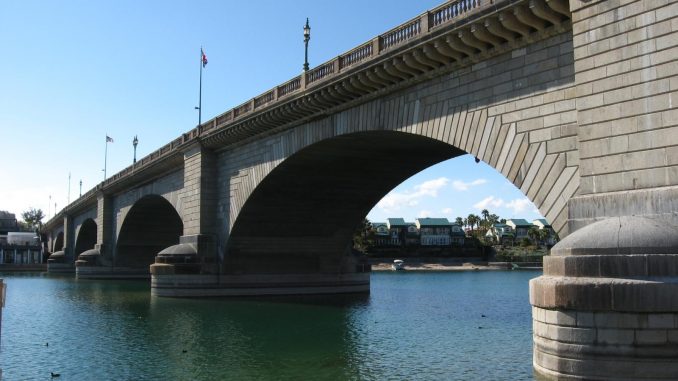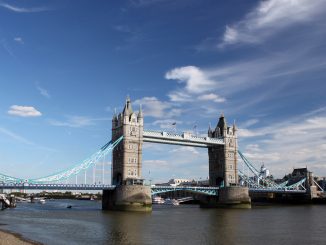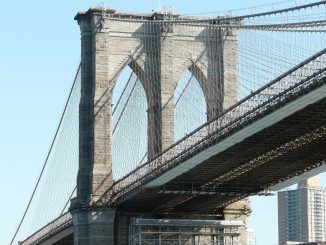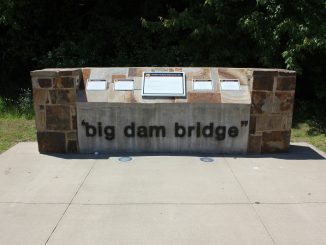
The 1831 London Bridge was the last project of engineer John Rennie and was completed by his son, also named John Rennie (often called John Rennie the Younger). Prior to its life in sunny Arizona, the bridge spanned the River Thames in London, England, and served the community in a time when crossing by foot or with the means of a horse-drawn carriage was about as advanced as it got. By 1962, the bridge had fallen from use it was because it was no longer strong enough to support the weight of modern traffic. Since it was no longer in use, and there is always a way to flip a profit from a derelict bridge, it was sold by the City of London and moved to the middle of Arizona. Purchased by Robert P. McCulloch from the City of London, The London Bridge has since its reconstruction been a roadside attraction and marketing tool.
The bridge was dismantled in 1967 and relocated to Arizona, but unlike the original London Bridge, it is now a reinforced concrete structure that’s merely clad in the original stonework of the 1830s. The modern bridge was completed in 1971 (along with a canal), and links an island in the Colorado River to Lake Havasu City.
McCulloch, was the founder of Lake Havasu City, a real estate development on the east shore of Lake Havasu. McCulloch purchased the bridge as a tourist attraction for the development. After the bridge was reconstructed and the channel was dredged, prospective buyers were invited to visit the bridge and take a tour of the properties for sale. Since the property had been obtained by McCulloch at no cost, the sale of the properties paid for the bridge and more.
McCulloch, with a promise to develop the land, received the property for free. But real estate agents couldn’t get prospective buyers to visit because it was too far from populated city centers. McCulloch’s real estate agent, Robert Plumer, learned that London Bridge was for sale and convinced McCulloch to buy it and bring it to the area to attract potential land buyers. After serious consideration the bridge was purchased for $2.46m (£1.78m). Plumer then arranged with a cargo shipping company planning to move a newly-built ship from Great Britain to the United States without any cargo. Plumer agreed to pay for all operating costs of the sailing, which was far less than the going rate shipping costs.
The bridge’s carefully numbered facing stones arrived at the Port of Long Beach in California, and was transported overland to Lake Havasu City, where re-assembly began in 1968. The reconstruction took slightly over three years and was completed in late 1971. The bridge was not reconstructed over a river, but rather it was rebuilt on land in a position between the main part of the city and Pittsburgh Point, at that time a peninsula jutting into Lake Havasu. Once completed, the Bridgewater Channel Canal was dredged under the bridge and flooded, separating Pittsburgh Point from the city, creating an island. As a result, the bridge now traverses a navigable shortcut between the Thompson Bay part of Lake Havasu south of Pittsburgh Point, and the remainder of Lake Havasu to the north.
London Bridge Facts
- McCulloch recouped all his expenses on the purchase and shipping of the bridge thanks to the increased interest in real estate that was caused by the bridge.
- In the 1985 TV movie “Terror at London Bridge”, starring David Hasselhoff, Jack the Ripper is revived as the last original stone of the relocated London Bridge is laid.
- On 23 September 1968, the foundation stone of London Bridge was ceremonially laid in sunny Arizona by Sir Gilbert Inglefield, Lord Mayor of London.
- American soft rock band Bread recorded a song called “London Bridge” on their 1969 debut album, Bread.
- After the bridge was dismantled, it was taken to Merrivale Quarry where between 15 to 20 cm was sliced off to ease transportation and installation over the new structure.


